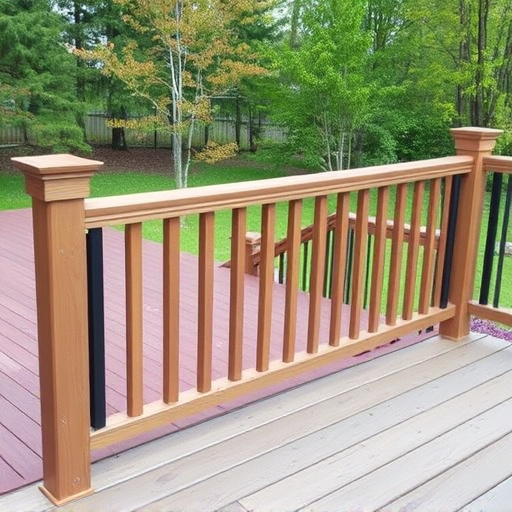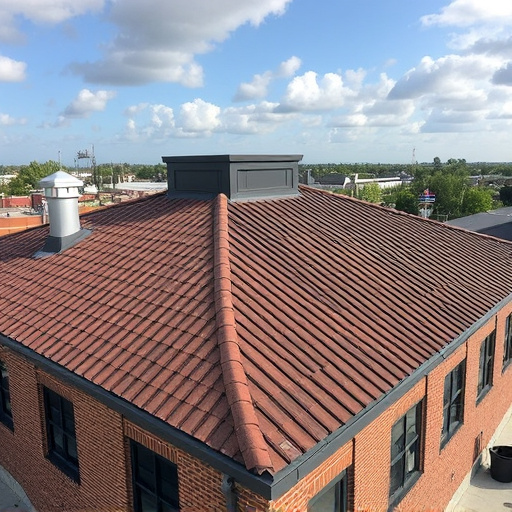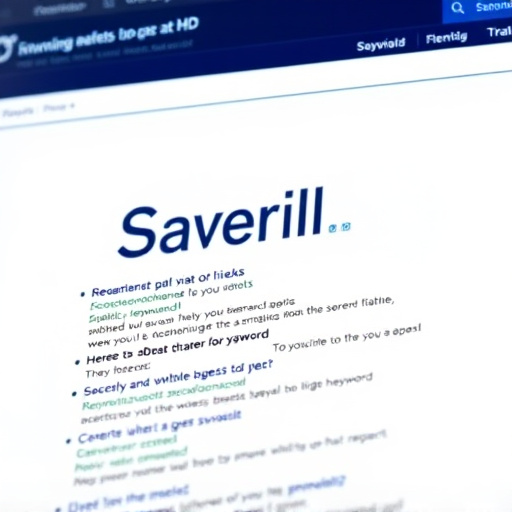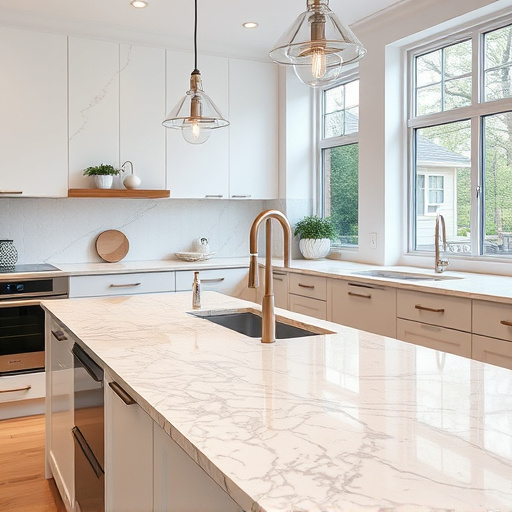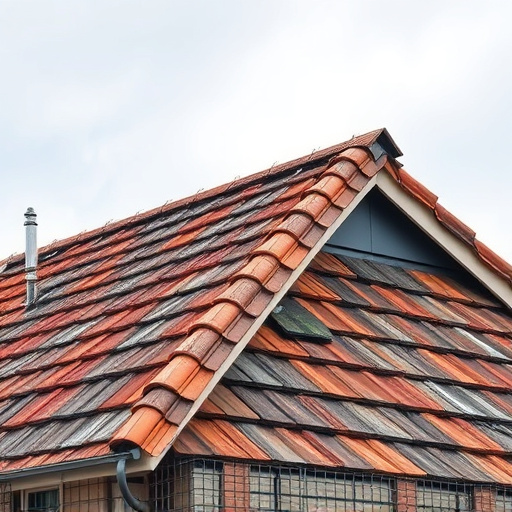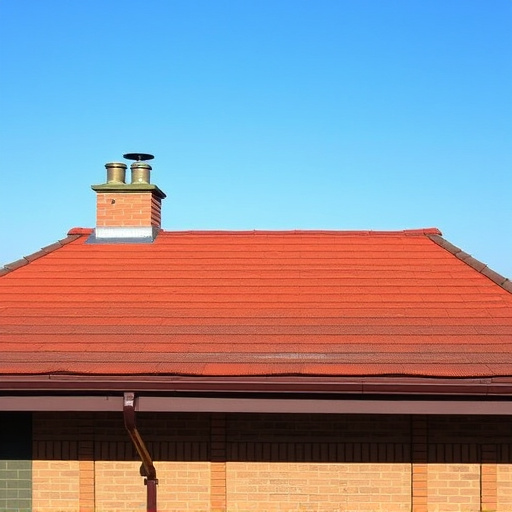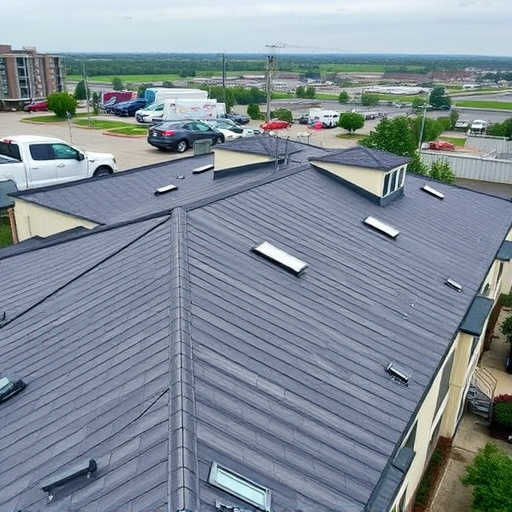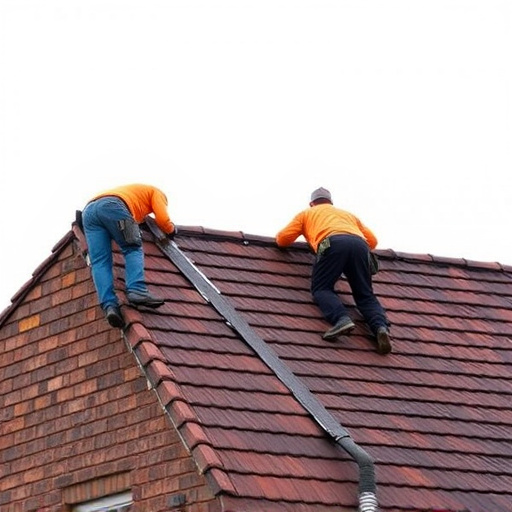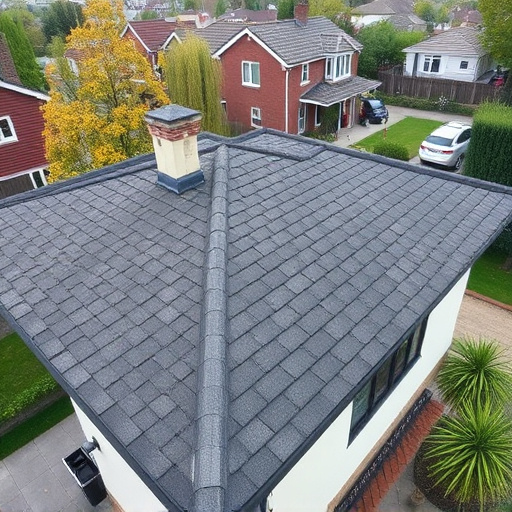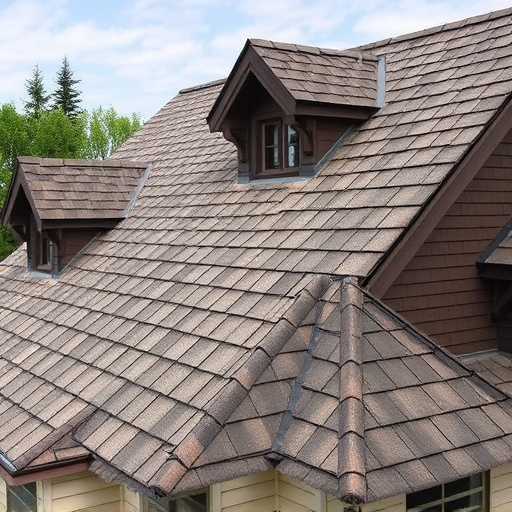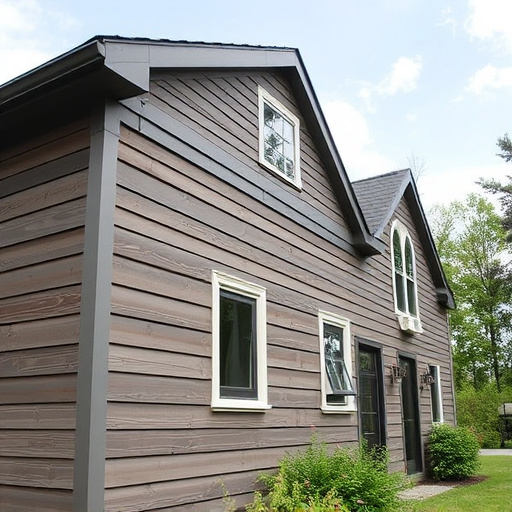Before starting an exterior renovation, research local regulations to avoid fines and maintain neighborhood harmony. Focus on structural integrity, addressing potential issues like rot or instability before cosmetic changes. Use quality materials and professional guidance for cohesive design, enhancing property value and preventing future repairs. Prioritize safety, style, and functionality for a successful, well-informed investment in exterior renovation.
“Elevating your home’s curb appeal through exterior renovation can significantly impact its value. However, common mistakes in design planning, disregard for local building codes, and overlooking structural integrity can hinder these efforts. This article guides you through critical pitfalls to avoid, ensuring your exterior renovation project enhances your home’s value. From understanding zoning laws to preserving structural soundness, we’ll explore essential aspects to make your renovation a successful investment.”
- Poorly Planned Design: Avoiding Common Mistakes
- Ignoring Local Building Codes and Zoning Laws
- Neglecting Structural Integrity During Renovation
Poorly Planned Design: Avoiding Common Mistakes
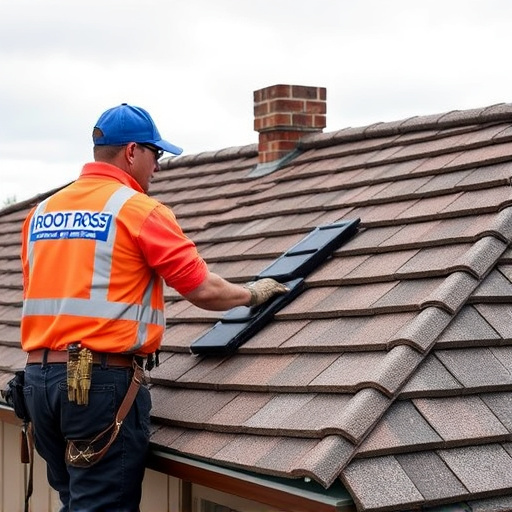
When embarking on an exterior renovation project, a poorly planned design can lead to significant mistakes that negatively impact your home’s value. Common blunders include mismatching materials or colors, which can create an eyesore and detract from the curb appeal. Another frequent error is neglecting architectural details, such as gutters and downspouts, which are essential for proper drainage and maintain the structural integrity of your property.
Avoiding these pitfalls requires careful consideration and consultation with professionals. Engaging reliable siding services or a roof consulting firm can help ensure that your exterior renovation complements your home’s style and addresses all necessary components. By focusing on cohesive design, functionality, and quality materials, you’ll enhance the overall value of your property without incurring costly repairs down the line.
Ignoring Local Building Codes and Zoning Laws

When planning an exterior renovation, it’s crucial to understand and adhere to local building codes and zoning laws. These regulations exist for a reason—they ensure safety, maintain neighborhood aesthetics, and protect property values. Ignoring them can lead to significant issues down the line. For instance, installing a new roofing and siding system without permits might result in structural integrity concerns or fines from local authorities.
Moreover, commercial siding projects must comply with zoning laws that dictate allowed materials and styles, especially in residential areas. Home exterior services providers who fail to account for these factors risk creating a jarring visual contrast with the surrounding properties, negatively impacting both the home’s value and its appeal to potential buyers. Always consult local authorities and professionals skilled in navigating these requirements to ensure your exterior renovation is up to code and enhances, rather than detracts from, your property’s long-term worth.
Neglecting Structural Integrity During Renovation
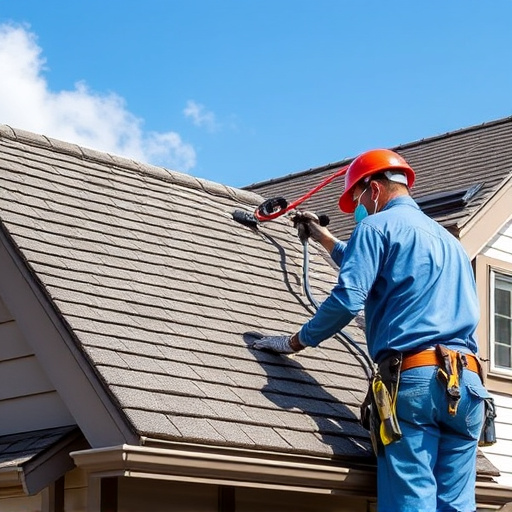
When embarking on an exterior renovation, it’s easy to get caught up in aesthetics and overlook the underlying structural integrity of your home. This is a significant mistake that can lead to serious consequences down the line. The exterior of a house forms its first line of defense against the elements, and any repairs or renovations should be done with care to maintain this protective barrier.
Neglecting to assess and reinforce structural elements like foundations, walls, and roofs during an exterior renovation project can result in long-term damage. Storm damage repair, for instance, is often necessary after renoations if proper measures aren’t taken to secure these areas. A simple oversight could lead to costly repairs or even compromise the safety of your home. Always prioritize checking for potential issues like water damage, rot, or instability, and address them before proceeding with any cosmetic changes. For residential roofing, this involves ensuring the existing structure can support new materials and that all joints and connections are secure, preventing future leaks and structural weaknesses.
When undertaking an exterior renovation, avoiding common pitfalls is crucial to maximizing your investment’s return on value. By carefully planning your design, adhering to local building codes and zoning laws, and prioritizing structural integrity, you’ll not only enhance the aesthetics of your property but also ensure it retains—or even increases—its market value. Remember, a well-executed exterior renovation can transform your home into a standout feature in the neighborhood.

